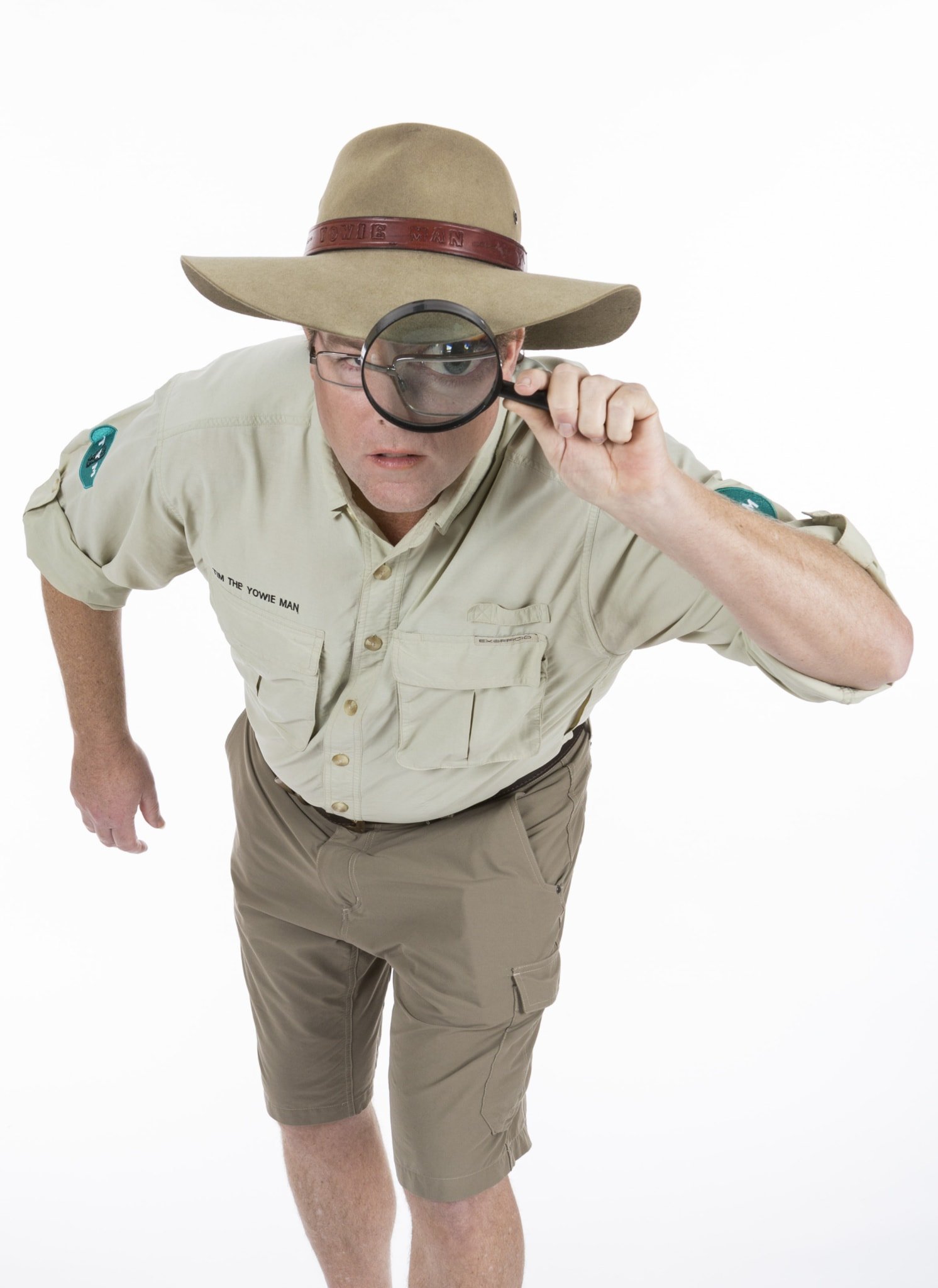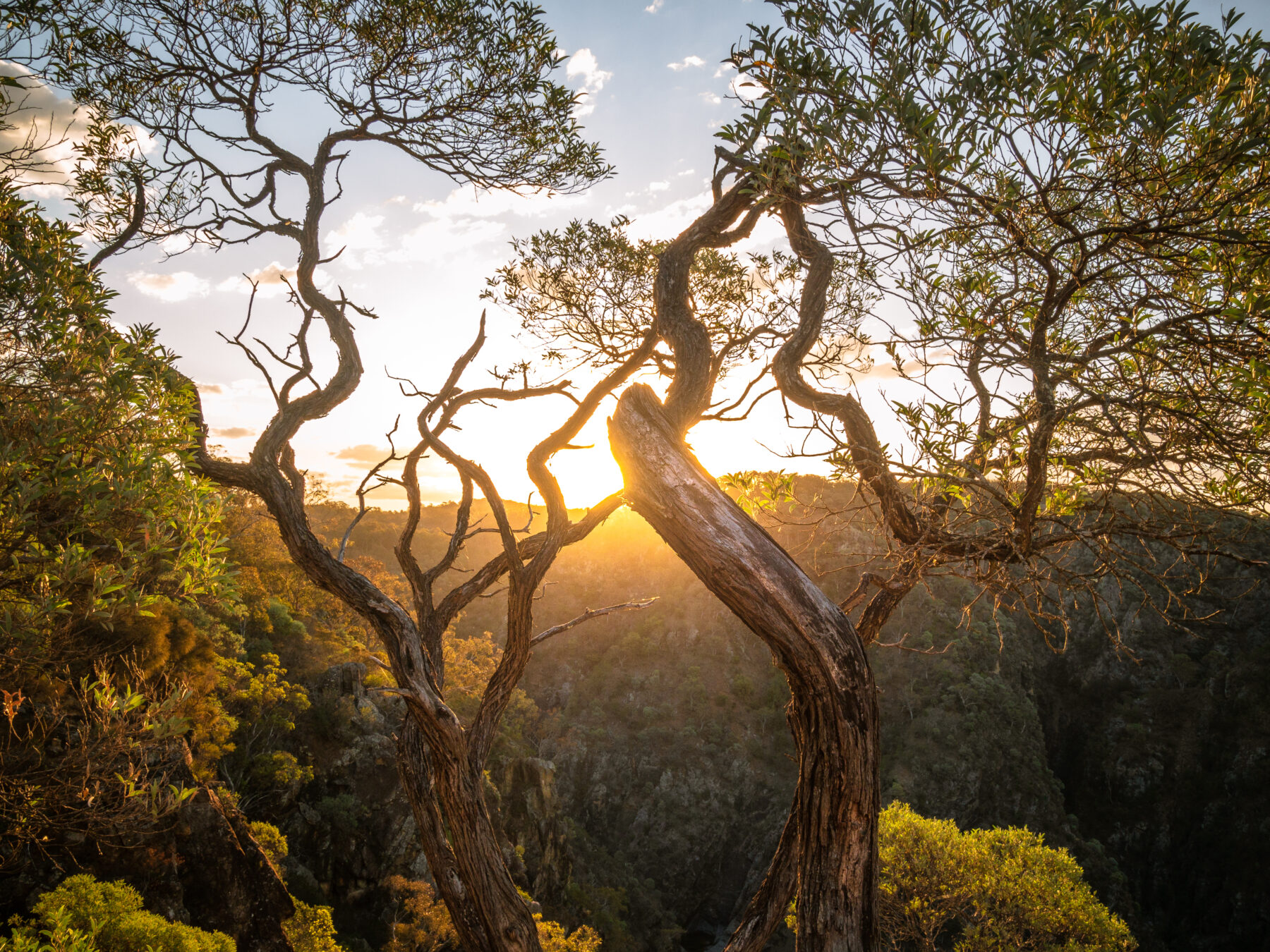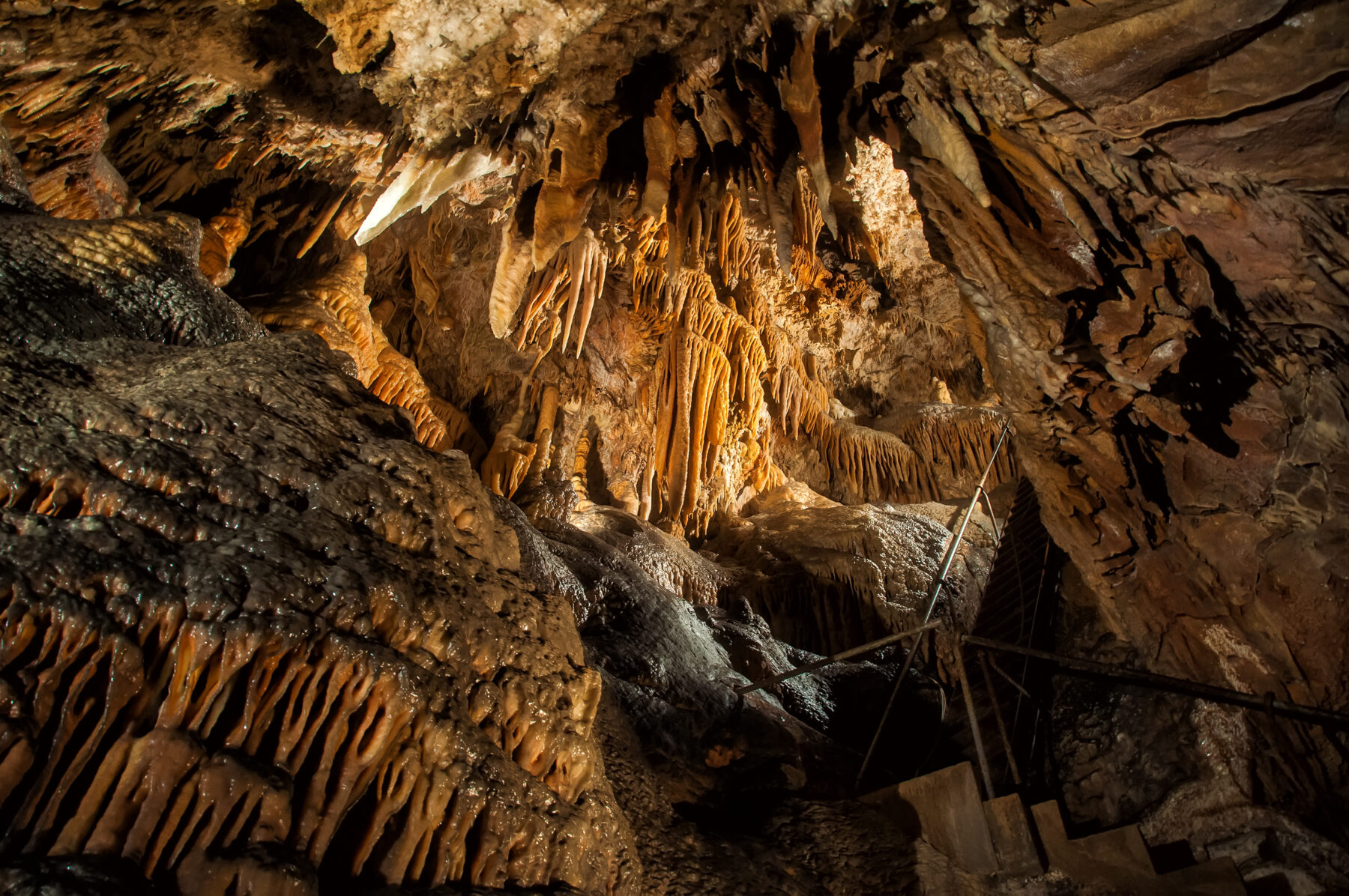Settling squabbles over Australia’s deepest caves

Tim the Yowie Man
Tim the Yowie Man

I’ll never forget my Year 7 camp to Bungonia Caves (now Bungonia National Park) – a wild gorge pockmarked with more than 190 limestone caves near Goulburn in southern New South Wales. Despite my teachers insisting, “You should face your phobias head on!”, it didn’t work. I still have nightmares of being stuck in a squeeze half-filled with water, gasping for air. I also remember from that trip the guide being miffed that Odyssey Cave, one of Bungonia’s, had recently lost its title of ‘deepest cave in mainland Australia’. Explorers of a South Australian cave had dug out a few metres of theirs “so they could beat us”, he lamented.
That statement is something I never questioned until I drove past the turn-off to Bungonia some four decades later. Surely, even in the 1980s, no one in their right mind was going to take to the bottom of their cave with a pick and shovel and fill a few buckets of dirt just for bragging rights?

Despite sifting through piles of old caving magazines and newspaper articles, I couldn’t find any evidence of this alleged act of skulduggery. Further, according to John Brush, a long-time Australian speleologist, “no cave in South Australia even gets close to being the deepest”.
John suspects the guide’s lament may date back to the late 1970s when there was conjecture as to whether Bungonia’s Odyssey Cave or Eagles Nest Cave at Yarrangobilly in the NSW Snowy Mountains was deeper.
“Rivalry in the caving world was such that some Odyssey fans claimed the Eagles Nest depth was not genuine because it only resulted from taking into account the several extra metres gained by measuring the depth from the highest small hole that was not really a feasible access point to the cave,” John says.
But, he adds, “this argument quickly became irrelevant, as further surveying work revealed [the] Eagles Nest system to be 174m, pushing it well beyond the depth of Odyssey Cave”.

Apparently, it’s not unusual for reported depths of cave systems to change over time. “Increases (or decreases) in the measured or calculated depth of a cave can change over time because of new passage discoveries, but also from digging unconsolidated material out of a blocked passage at the bottom, or from doing a more accurate survey of the cave,” John explains.
Take Australia’s deepest cave, which, until last year, was Tasmania’s Niggly Cave (397m). An expedition undertaken by the Southern Tasmanian Caverneers in July 2022 discovered an adjoining cave was 4m deeper. As a result, Delta Variant (401m) – named after the COVID variant prevalent at the time of its discovery – now holds the gong.
I may never get to the bottom of that spurious statement made by my disgruntled guide, but suffice to say, on a global scale, our caves just don’t stack up in the deep stakes.
In fact, most of the world’s deepest caves are in Europe and Central Asia, while the Abkhazia area of the South Causasus boasts four of the world’s deepest caves, including Veryovkina, which is a jaw-dropping 2213m.




